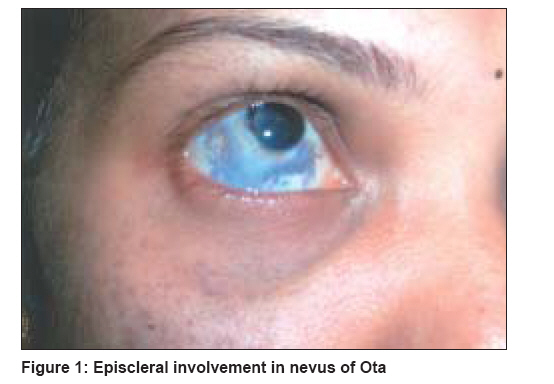

Many O.D.s diagnose keratoconus based on steep K readings and a difference in the superior and inferior quadrants of more than 1.50D-2.00D. Specifically, it indicates that keratoconic eyes have K readings greater than 47.00D, and inferior/superior index values between 1.4 and 1.9. The Rabinowitz criterion is another measure of corneal change associated with keratoconus. This comes in handy, especially when treating a patient with keratoconus. The greater the toricity, the higher the number. Normal values for this index range from 41.25 to 47.25. This is not a true K reading per se because its a value that is averaged over the toric apex, not necessarily over the corneal apex. A number less than 1 indicates a good relationship between the two values, which means you can, indeed, use mathematical formulas to approximate the shape of the cornea. A reading greater than 1 indicates a poor relationship between these two shapes, or greater degrees of corneal irregularity. Basically, it is the best fitting relationship between a toric ellipse and the actual corneal shape. This statistical index lets you know if you can match a mathematical model of what the cornea should look like to what the cornea actually looks like. Some topography units create both elevation and axial maps as well as statistical indices to let you know whats wrong and why.Ĭorneal irregularity measure. Keratoconic eyes demonstrate high prolate shape factors, and corneal warpage topographies typically have low shape factors that are either oblate or just barely prolate. In such cases, the center of the cornea is flatter than the periphery. If the cornea is oblate, the topographer will produce a negative shape factor value, which means the normal corneal symmetry has been reversed.

A positive value indicates the normal prolate-shaped cornea, which means the cornea is steeper centrally and flattens toward the periphery. If eccentricity and shape factor decrease, youll see the opposite effect.įurther, the positive and negative values let you know whether you are dealing with a prolate or an oblate shape. As eccentricity and shape factor increase, you get a greater rate of corneal flattening, decreased sagittal depth and a less spherical surface. Anything in between is considered a normal range of corneal eccentricity. Anything below 0.15 is a low shape factor. Anything above 0.5 is a high shape factor. Shape factor is similar to corneal eccentricity. This is one of the most useful indices to help you differentiate between contact lens-induced corneal warpage and a case of true keratoconus. You can identify these patients fairly easily using these statistical indices. Armed with the ability to definitively distinguish between contact lens-induced warpage, keratoconus and pellucid marginal degeneration, youll be able to better and more quickly fit irregular corneas.ĭo not mistake contact lens-induced warpage for keratoconus patients with the former are simply a sub-population of normal individuals who have a greater degree of corneal irregularity than most. And, the numerical, or statistical, indices that this technology generates as well as the elevation maps that some units now create can take the science of topography a step further, letting you know specifically whats wrong and why. Certainly, they let you know if a patient has an irregular cornea. Corneal topography maps provide a great deal of information.


 0 kommentar(er)
0 kommentar(er)
